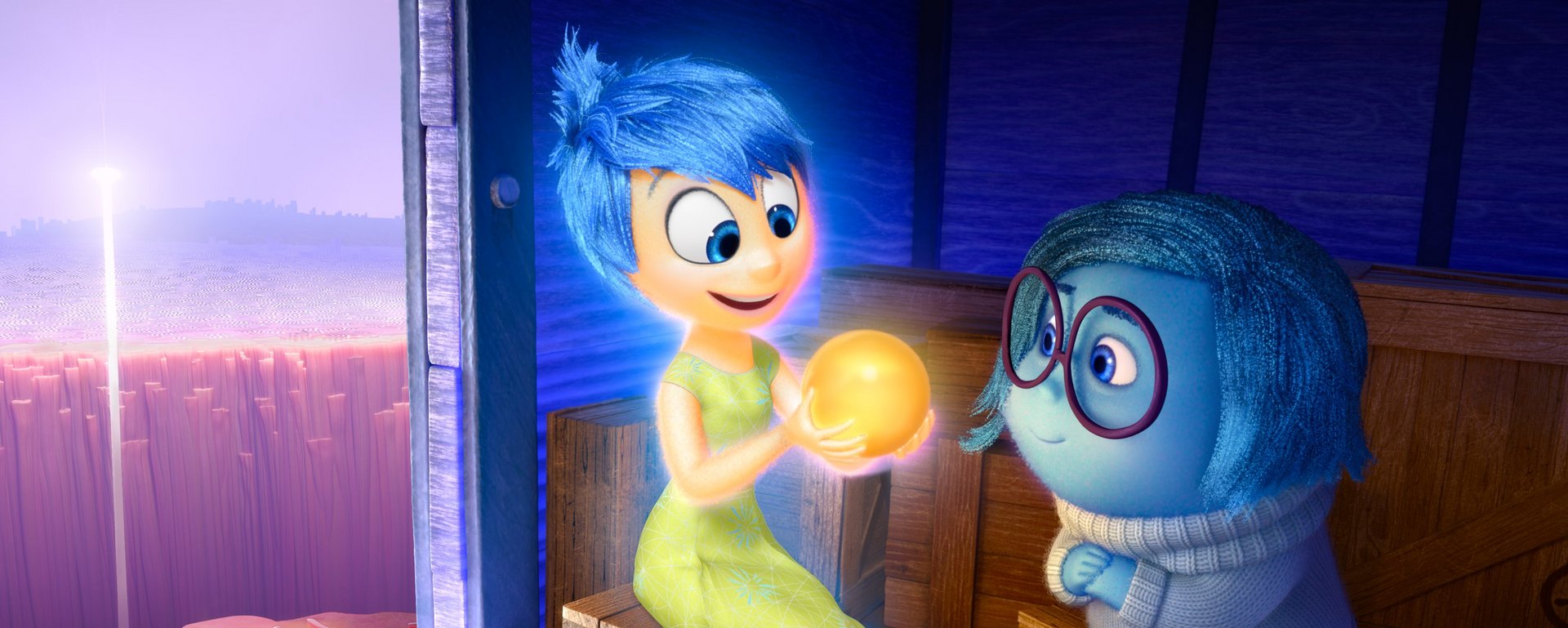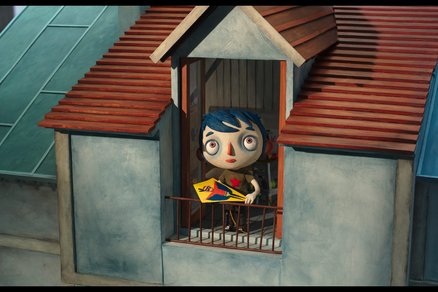Following the release of Inside Out 2, we're shining a light on U, PG and 12A/12 rated films that show sensitive and thoughtful portrayals of mental health.
We know that film can be a good springboard for starting conversations with your children about their emotions and well-being. That’s why we’ve put together this list of films that discuss mental health themes.
You can also take a look at BBC Bitesize’s resources on mental health and check out the charity Mind, who provide advice and support to empower anyone experiencing mental health issues.
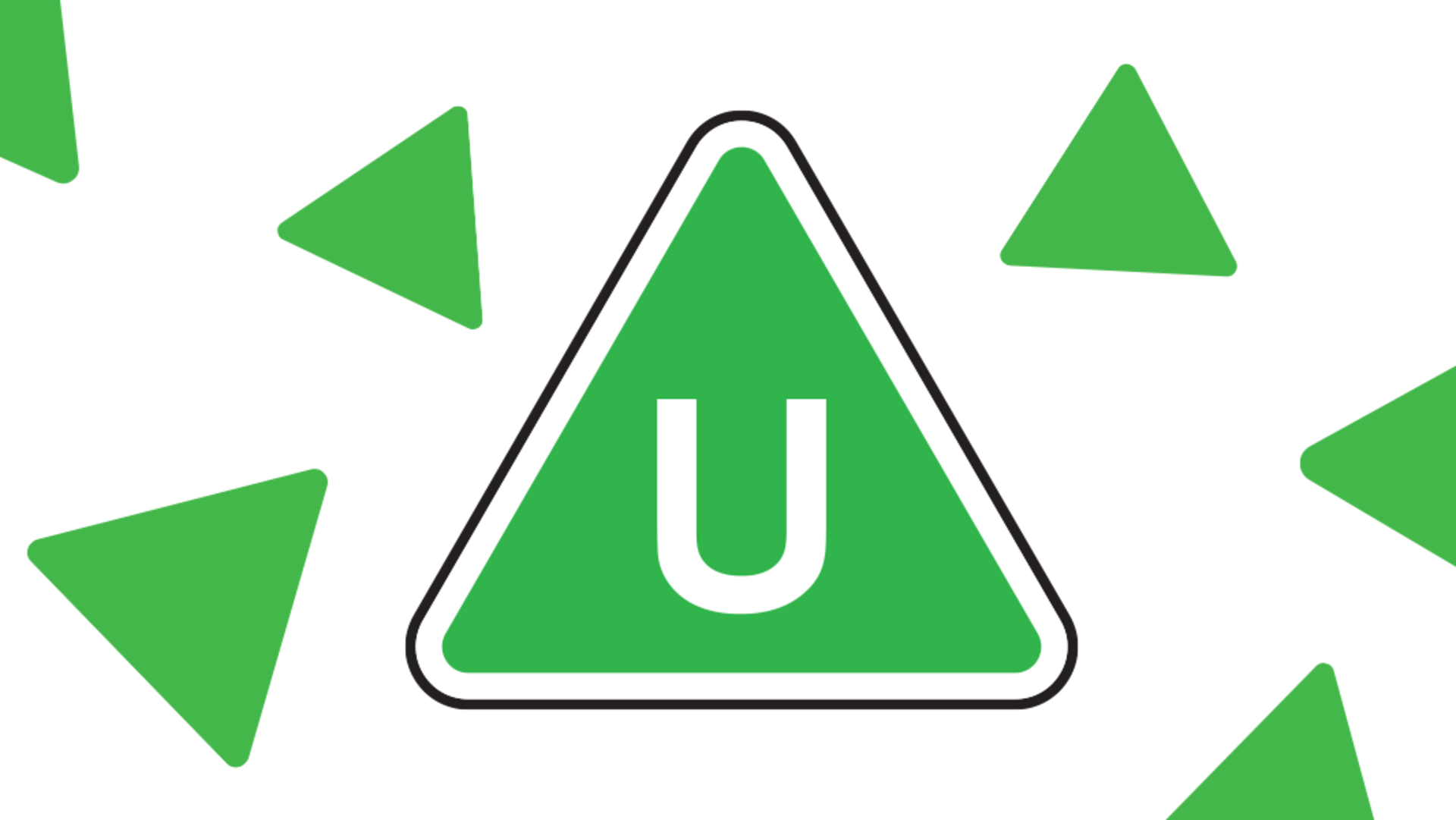

Inside Out 2
very mild threat, language, upsetting scenes, violence, rude humour
As Riley from the original INSIDE OUT film goes through the difficult changes of puberty, this exuberant sequel, with its lovable, funny ‘emotion’ characters, follows her path with reassuring messages for a young audience.
violence
During ice hockey games players are bodychecked and tripped up, but no serious injuries are sustained, which is also the case in other moments of cartoonish slapstick violence.
threat and horror
Concepts such as ‘brainstorms’ and ‘streams of consciousness’ in a young girl going through developmental changes are realised physically as tornados and torrents of water; these place the familiar ‘emotion’ characters in her head in danger as they are buffeted and swept along rushing tides. These moments of threat are fantastical and very mild, often accompanied by comedy, and place a focus on characters working together to bring about reassuring outcomes.
language
Very mild bad language includes uses of 'jerk', 'screw it up', 'moron' and 'heck'.
rude humour
A comment is made about “peeing in the pool”.
theme
As in the original film, a young girl’s emotions are thrown into turmoil as she develops, this time when she enters puberty. Her initial inability to handle these changes and to be scared by them give rise to very mild upsetting scenes, but the treatment is positive and reassuring, and carries messaging that emphasises the need for different facets of a young person to be recognised by them as part of the learning experience of growing up.
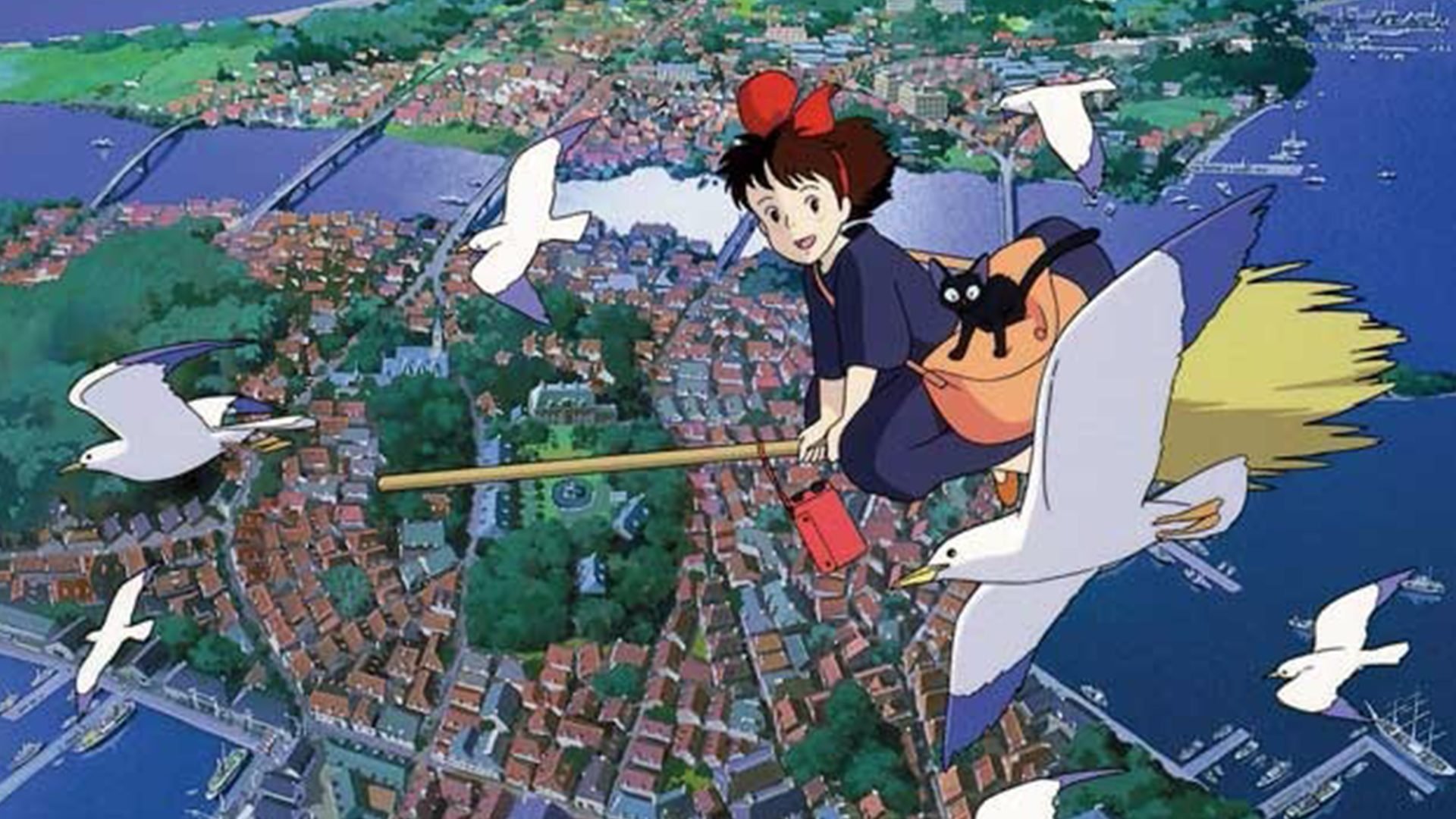
Kiki’s Delivery Service
mild threat
Kiki’s Delivery Service is an animated fantasy adventure, from 1989, in which a young witch finds fitting into a new community difficult while she supports herself by running an air courier service.
threat and horror
Mildly threatening scenes include the main character getting caught in a thunderstorm, being almost hit on her broomstick by various vehicles, being attacked by crows who think she's stealing their eggs, and scenes in which she attempts to thwart off a menacing airship.
nudity
While there is no nudity, there is a brief comment about whether a character is going to pose nude for an artist's painting. There are also occasions on which a character's underwear can be seen.

Up
mild threat
An elderly man ties balloons to his house in an attempt to reach the Paradise Falls in South America. Scenes of mild threat and action are brief and unlikely to upset even very young children.
threat and horror
There is occasional threat in scenes in which a pack of dogs chase and snap at the heroes. A villain sets fire to a house.


Turning Red
mild threat, sex references, language
The difficulties of puberty are explored in an accessible and humourous way in this fantasy animated film in which a teenage girl turns into a red panda whenever she gets excited.
threat and horror
There is a scene in which a teenager, who has turned into a panda, pounces on a schoolboy in a threatening manner. There is also mild threat when a character has a frightening dream which includes a merman struggling to breathe on land, the laughing faces of school bullies, and the floating heads of two red-eyed pandas. Later, teenagers at a concert run away screaming from a gigantic panda. Scenes of bullying are very mild and brief.
language
The film features mild bad language ('crap') and very mild terms ('jerkwad', 'butt' and 'booty').
sex
A teenager draws sketches of herself with a boy she has a crush on, including the sight of him shirtless with a mermaid's tail. Though the girl describes the drawings as 'sexy', the images are comic with no sexual detail. After the teen's drawings are seen by her peers, one boy accuses her of being a 'perv'. A teenager's mother describes a boy band as 'filth', and there is a reference to their songs being 'stripper music'.
A mother accuses a teenage shop worker of 'doing drugs all day'; but does not go into detail. There is very mild comic violence when a teenager gets her friend to punch her in order to test her restraint.
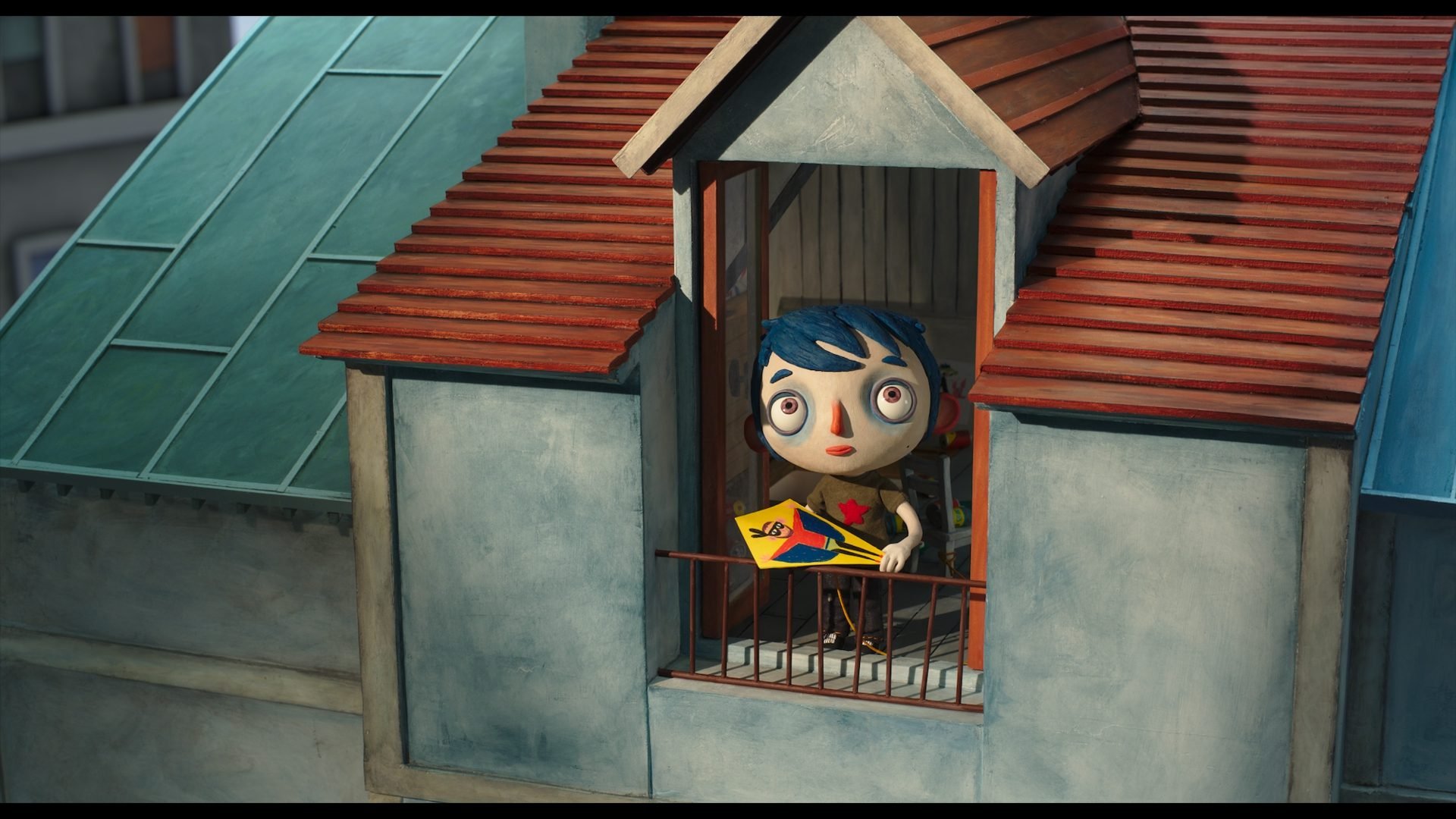
My Life as A Courgette
mild sex references, references to traumatic childhood experiences
My Life As A Courgette is an animated drama about a boy who moves to a care home after losing his mother.
Find out how we classified the film by reading our case study or, if you’re having a movie night, check out our activity pack for discussion points about the film.
This film contains flashing images which may affect viewers who are susceptible to photosensitive epilepsy.
Sex
There are comic conversations between child characters regarding their limited and inaccurate understanding of what goes on between adults. These include brief and comic references to adults 'wriggling around' and to 'willies exploding'. Some boys gasp when they glimpse a woman's underwear as she ascends a staircase beneath which they are hiding.
Theme
The main character is placed in a care facility after an incident in which he accidentally causes the death of his alcoholic mother, who behaved in a threatening manner towards him. At the care facility, he meets other children from troubled backgrounds and there are undetailed references to adults taking drugs, committing murder and taking their own lives. One girl's father is referred to as a 'creep' who is now in prison and about whom she had nightmares. No further detail is provided.
There is very mild bad language such as 'butt' and 'hell'. One character is referred to as a 'tramp' by her abusive aunt.
This work contains flashing images which may affect viewers who are susceptible to photosensitive epilepsy.
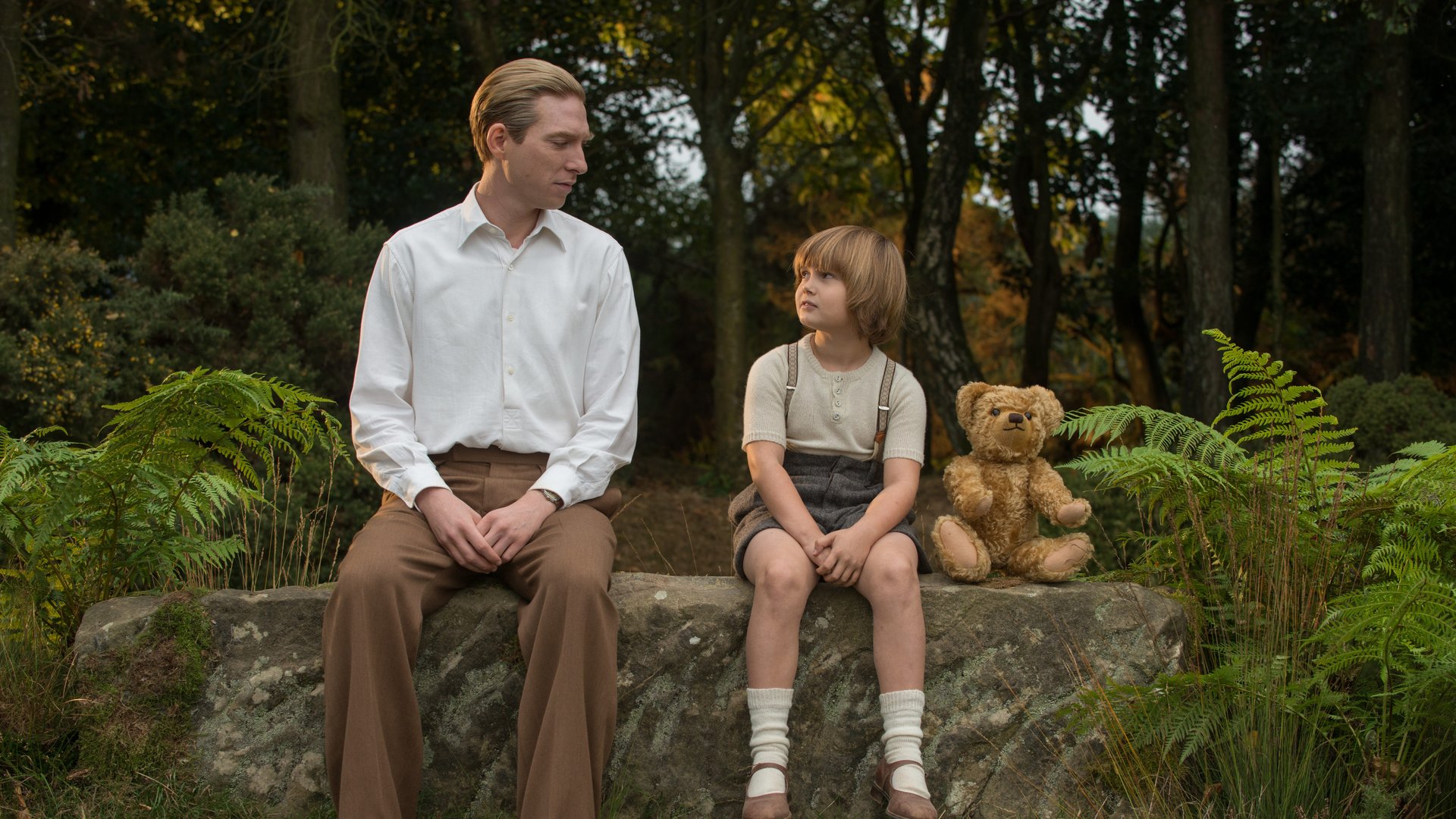
Goodbye Christopher Robin
mild war violence
Goodbye Christopher Robin is a biopic about the relationship between author A.A. Milne and his son, who inspired the Winnie the Pooh stories.
Violence
There are brief flashbacks to the battlefields of the First World War in which dead bodies are glimpsed. They are partially hidden in the low light and mud, and there is no strong injury detail. The images inform Milne's behaviour in the narrative, as he suffers from Post Traumatic Stress Disorder following his service.
A scene of school bullying depicts a young boy being pushed down a flight of stairs while people chant a mocking rhyme. The work does not condone or endorse the bullies' behaviour.
Occasional use of very mild bad language includes 'damn', 'hell' and 'God'. There is infrequent very mild innuendo.
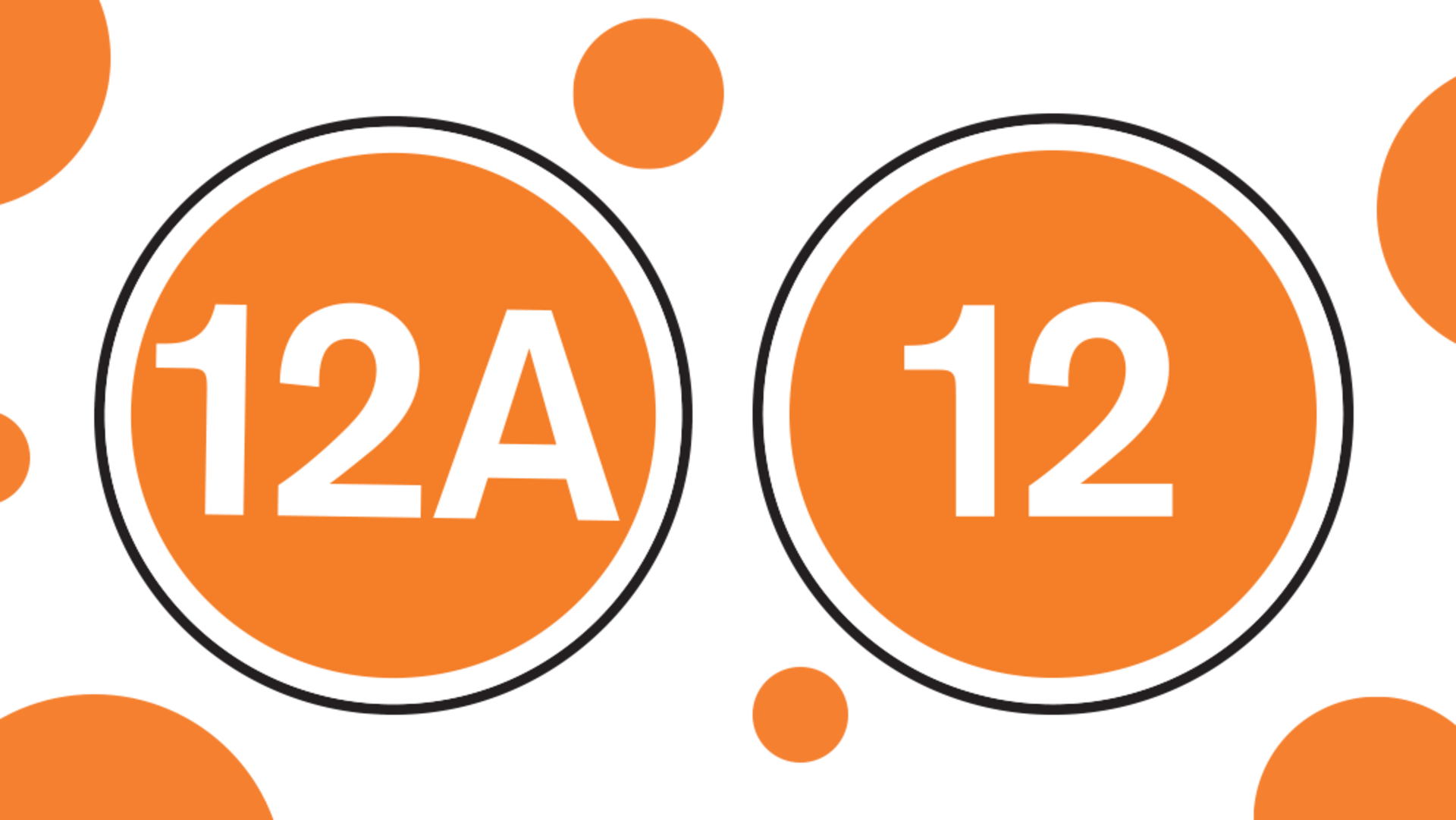

The Perks Of Being A Wallflower
Contains moderate sex references, drug use and one use of strong language
The Perks Of Being A Wallflower is a US drama in which an introverted freshman has difficulties settling in at his new school and making friends.
Sex
There are moderate sex references, including undetailed, comic and throwaway references to oral sex. In one scene, a character recounts a story about a couple who had to resort to using 'sandwich bags' in the absence of condoms. Another scene involves a teenage couple kissing and fumbling but there is no sight of nudity or actual sex.
Drugs
There are two scenes in which illegal drugs are used. In the first, the central character is encouraged to eat a piece of cake which turns out to contain hash. When the drugs take effect, he begins to speak embarrassing nonsense, to the amusement of his friends. In the second scene, the same character places a tab of acid on his tongue. This causes a brief but disorientating and unpleasant 'trip' in which he experiences flashbacks to traumatic events, including the death of a person who was close to him. He subsequently passes out and wakes up in a hospital, being questioned by police.
Language
There is a single use of such strong language ('f**k'), alongside milder terms including 'asshole', 'bitch', 'bullshit', 'dick', 'prick', 'pussy', 'shag', 'shit' and 'son of a bitch'. There is occasional use of discriminatory terms, such as 'gooks', 'fags' and 'spaz', but the film does not endorse the use of discriminatory language or behaviour.
The film suggests that one of the principal characters was sexually abused by an aunt when he was very young. However, any verbal references to this are discreet and oblique and the visual portrayal of the abuse is limited to a couple of flashback images of a hand on a leg.
There is a fight scene that takes place in the school canteen, containing some heavy punches but no clear detail of injury.
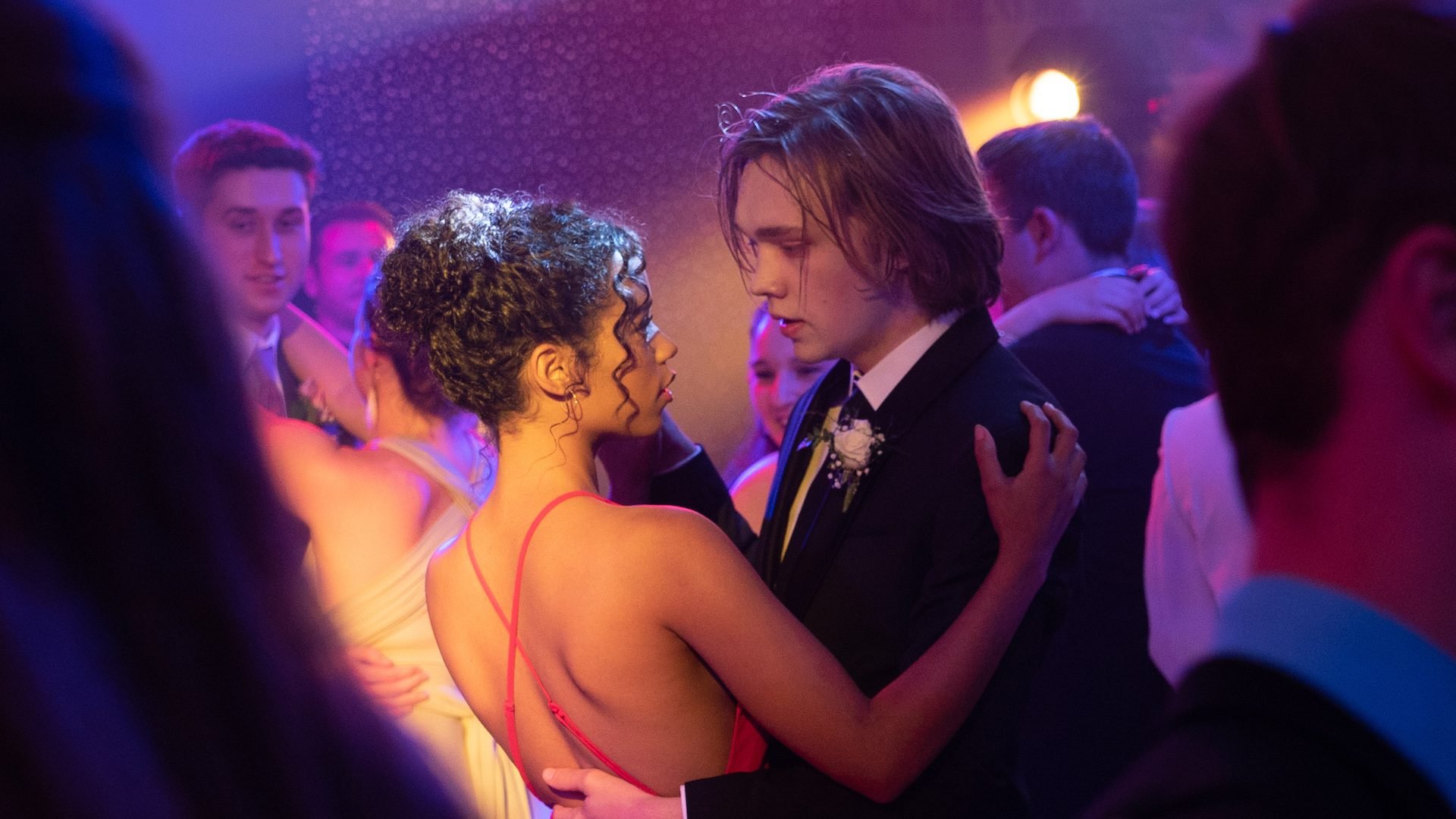
Words On Bathroom Walls
mental illness theme, moderate sex references, infrequent strong language
Words On Bathroom Walls is a US drama in which a teenage boy diagnosed with a mental illness falls in love with a female classmate.
Language
There is infrequent strong language ('f**k'), as well as implied strong language and milder terms (for example, 'bitch', 'piss', 'shit', 'asshole', 'crap', 'screw', 'God', 'Jesus').
There are brief verbal sex references, including one that refers to masturbation.
This work contains flashing images which may affect viewers who are susceptible to photosensitive epilepsy.
The teenage boy is medically diagnosed with schizophrenia. The film contains several scenes in which he experiences auditory and visual hallucinations, some of which are prolonged and distressing. There are also scenes in which he is verbally bullied. However, the film's overall treatment of this theme is sensitive and shows how positive outcomes can be achieved from adversity.
There is a scene in which a boy receives a chemical burn in a school laboratory; however, there is limited injury detail. In one scene, the protagonist exceeds his prescribed medication dosage, subsequently experiences a negative reaction, becomes increasingly agitated, falls from a height and is injured. He is rapidly treated and recovers. He briefly imagines voices telling him to take his own life. There is also brief mild violence.
